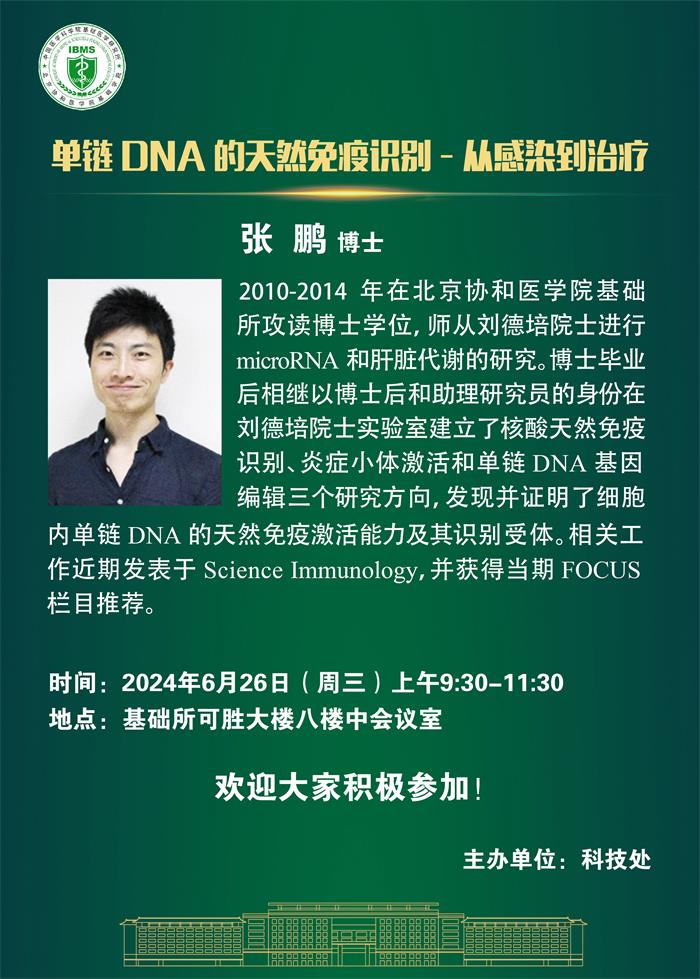Molecular recognition of human islet amyloid polypeptide assembly by selective oligomerization of thioflavin T
Lanlan Yu 1 2, Wenbo Zhang 1, Wendi Luo 3 4, Robert L Dupont 5, Yang Xu 5, Yibing Wang 6, Bin Tu 3, Haiyan Xu 2, Xiaoguang Wang 5, Qiaojun Fang 3, Yanlian Yang 3, Chen Wang 3, Chenxuan Wang 1
Sci Adv. 2020 Aug 5;6(32):eabc1449.
PMID: 32821844
Abstract
Selective oligomerization is a common phenomenon existing widely in the formation of intricate biological structures in nature. The precise design of drug molecules with an oligomerization state that specifically recognizes its receptor, however, remains substantially challenging. Here, we used scanning tunneling microscopy (STM) to identify the oligomerization states of an amyloid probe thioflavin T (ThT) on hIAPP8-37 assembly to be exclusively even numbers. We demonstrate that both adhesive interactions between ThT and the protein substrate and cohesive interactions among ThT molecules govern the oligomerization state of the bounded ThT. Specifically, the work of the cohesive interaction between two head/tail ThTs is determined to be 6.4 k B T, around 50% larger than that of the cohesive interaction between two side-by-side ThTs (4.2 k B T). Overall, our STM imaging and theoretical understanding at the single-molecule level provide valuable insights into the design of drug compounds using the selective oligomerization of molecular probes to recognize protein self-assembly.





